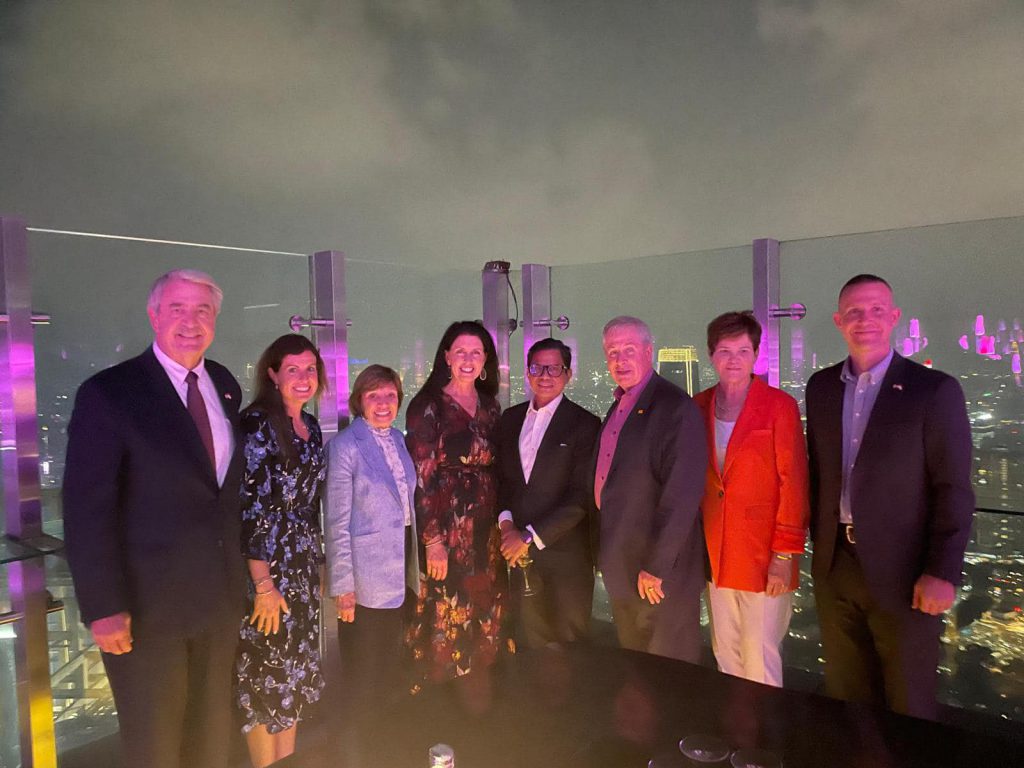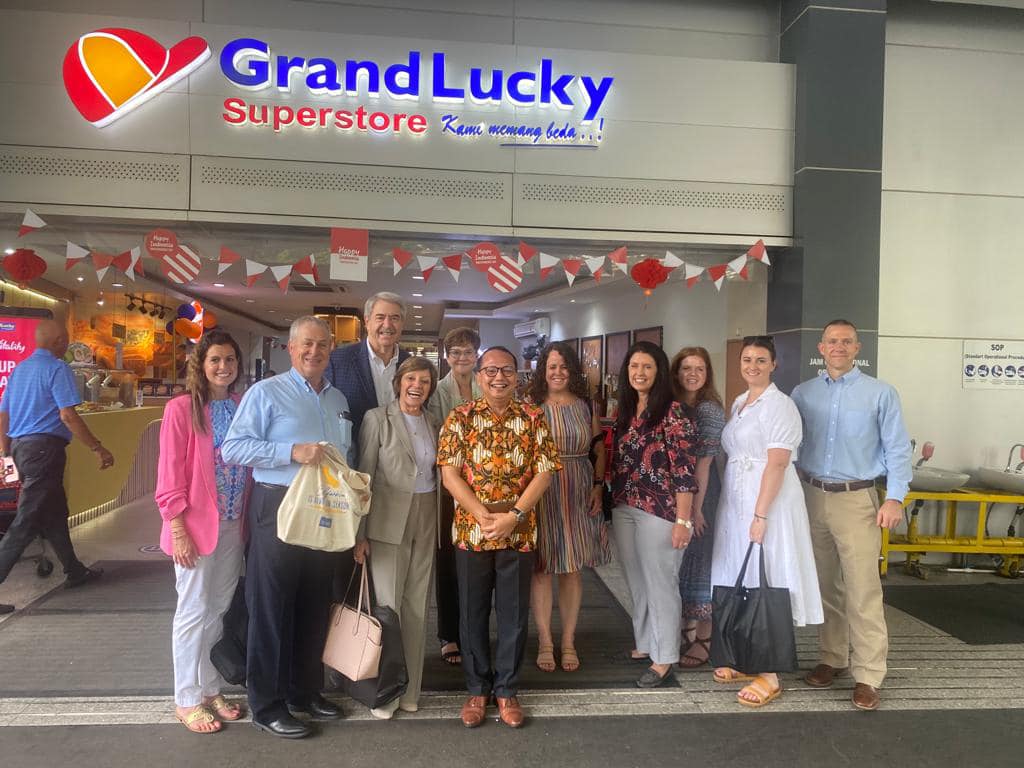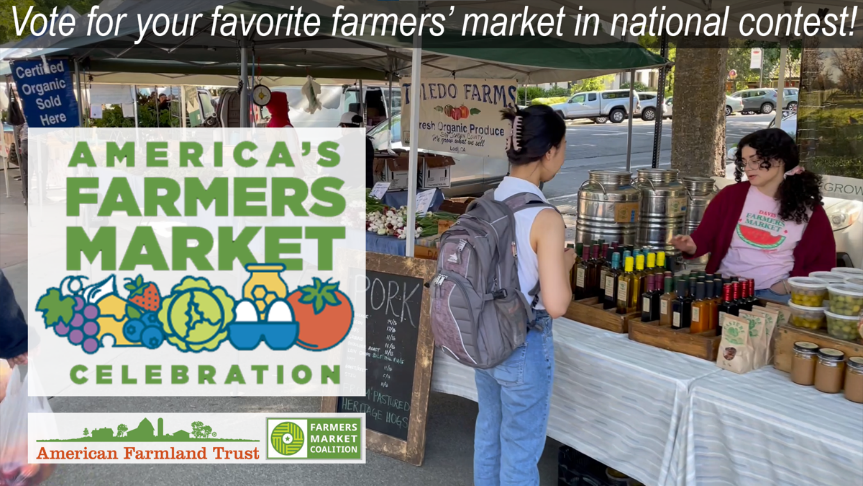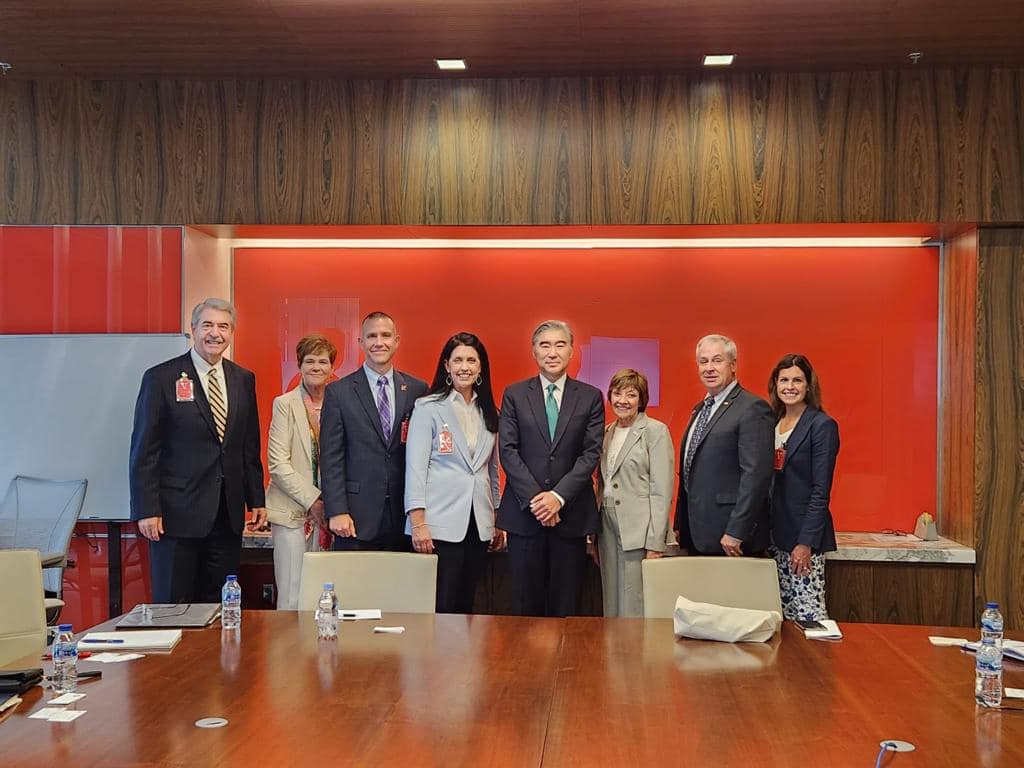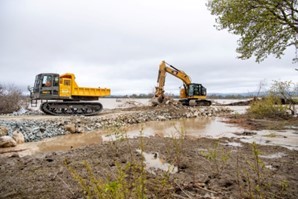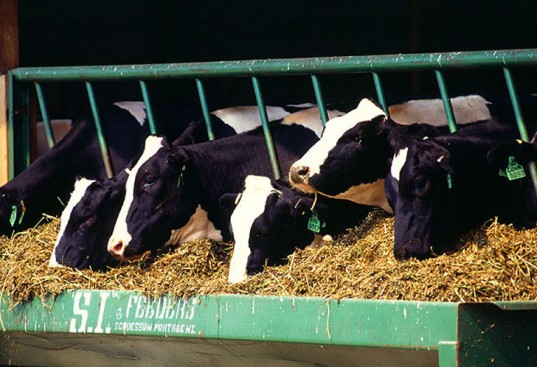By CDFA Secretary Karen Ross
What an incredible learning journey with colleagues on the NASDA (National Association of State Departments of Agriculture) Emerging Markets visit to Indonesia.
In addition to government meetings with the Ministry of Agriculture and the Bureau of International Cooperation and others, we have met with two state-owned enterprises and hosted a reception for about 75 government officials, importers, in-country cooperators, and organizations representing ag.
Touring outdoor markets and retail stores is an excellent way to understand food consumption, culture, and the palate of the country. We enjoyed the hospitality of the general manager of a “Grand Lucky” store, a fast-growing retail chain in Jakarta and Bali.
We have also met with representatives of the American Chamber of Commerce. They were so knowledgeable and helped us better understand doing business in Indonesia. This country is clearly an important place to be but requires a long-term plan, patience, and relationship building without expecting overnight results.



